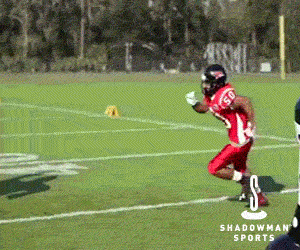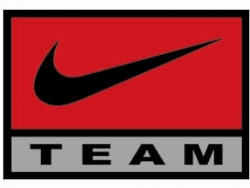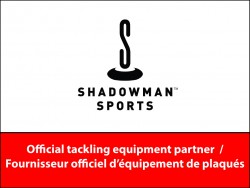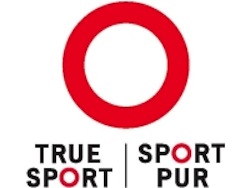Avoid Injuries By Correcting These 3 Mistakes
Injuries are part of the game in any sport, but especially in sports where physicality is necessary to compete, like football, lacrosse, or hockey.
While some elements of contact sports are unavoidable, what can make the difference in keeping you healthy and safe for competition is to focus on reducing non-contact injuries. Non-contact injuries are typically the result of poor motor patterns, muscle imbalances, and poor body awareness. By being cognizant of certain training mistakes, you can avoid injuries that may occur during play—other than being nailed by a 220-lb linebacker or some other physical catastrophe, that is.
The first step in reducing your risk of non-contact injuries is to CORRECT negative habits both in and out of the weight room. Avoiding these three performance-wrecking mistakes will help keep you on the safe track to a stronger you.

1. Stop Sitting So Much
Sitting is the new smoking. Western daily living has put us in quite the predicament with how much time humans are supposed to spend isolated in office chairs, desks, and vehicles. Sitting for so long is bad for you in two ways:
First off, you’re inactive for the majority of the day, and being sedentary is an issue ALL of America is struggling with. Second, the posture you assume while sitting is horrible for your performance. The overall amount of time spent with the hips in a shortened position can wreak havoc on your hip flexors, hamstrings, and glutes. These maladies can affect the mobility of your hips and rob you of your overall power potential.
To help battle the negative effects of sitting, do what you can to get out of the chair. Standing desks exist, but it might not be feasible for everyone’s situation.
If you’re in a position where sitting is non-negotiable (which is often the case in school), be aware of your posture—shoulder blades pulled back, core engaged, chin parallel with the floor.
In addition, try to add some short walking breaks to your day and incorporate hip mobility drills in your off-time to avoid chronic hip dysfunction.
2. Stop Half-Repping
“Half-repping” is the unofficial term for a lift executed without reaching full range-of-motion (ROM). Go to any high school weight room and watch athletes in the squat racks and you’re guaranteed to see a litany of half-repped squats. Training movements without utilizing fully functional ROM can create more negative effects than positive. If we use squatting as an example, failing to reach proper depth or not utilizing the full ROM of your hips can over-stress the anterior chain of the lower body.
When this happens, your hips and hamstrings will not be able to stabilize your knees. You may be able to squat more overall weight when you half-rep, but you’ll fail at moving that weight in a functional pattern or with transferable speed to the field.
The old adage that “squats are bad for your knees” only applies when you squat with poor form, poor depth, and poor core stability. Using the full ROM of the hips allows you to control the weight with the proper spinal stability, maintain proper activation of the hamstrings and glutes, and protect the knee by strengthening its overall integrity.
Shortening that ROM only leads to increased imbalances, giving you false sense of how well you can actually squat. Squatting deep is a motor pattern we want to maintain for as long as we can—and practicing poor form yields poor results.
3. Don’t Skip Your Warm-Up
Often, if left unsupervised, college- and high school-aged athletes won’t take their warm-up very seriously.
Although it may simply take age and experience for this practice to set in, a proper warm-up is vital to making sure your body is ready for training—and can help you avoid non-contact injuries during play.
Prior to practice and lifting, it is crucial that athletes take the necessary time to get some light activity going, mobilize some specific positions to prepare for training, and prime the nervous system for quick recruitment of large motor units. Warm-ups can also serve as a quick diagnostic test of what needs more recovery, what needs extra prep time, and how hard overall you should be pushing it.
The Takeaway
Injuries suck.
They can be a roadblock to future success and can postpone PRs to the point of crushing your soul. What’s even worse is that the highest correlating factor to getting an injury is having a previous injury.
The moral of this story: do your best to not get hurt. The longer you can stay healthy and fully functional, the better you can develop without limiting yourself. Invest your time into making the necessary changes to the above factors and hopefully you’ll never have to see the injured reserves list.
Join over 100,000 coaches and athletes using Volt’s intelligent training app. For more information, click here.



































 Check your NCCP Certification
Check your NCCP Certification